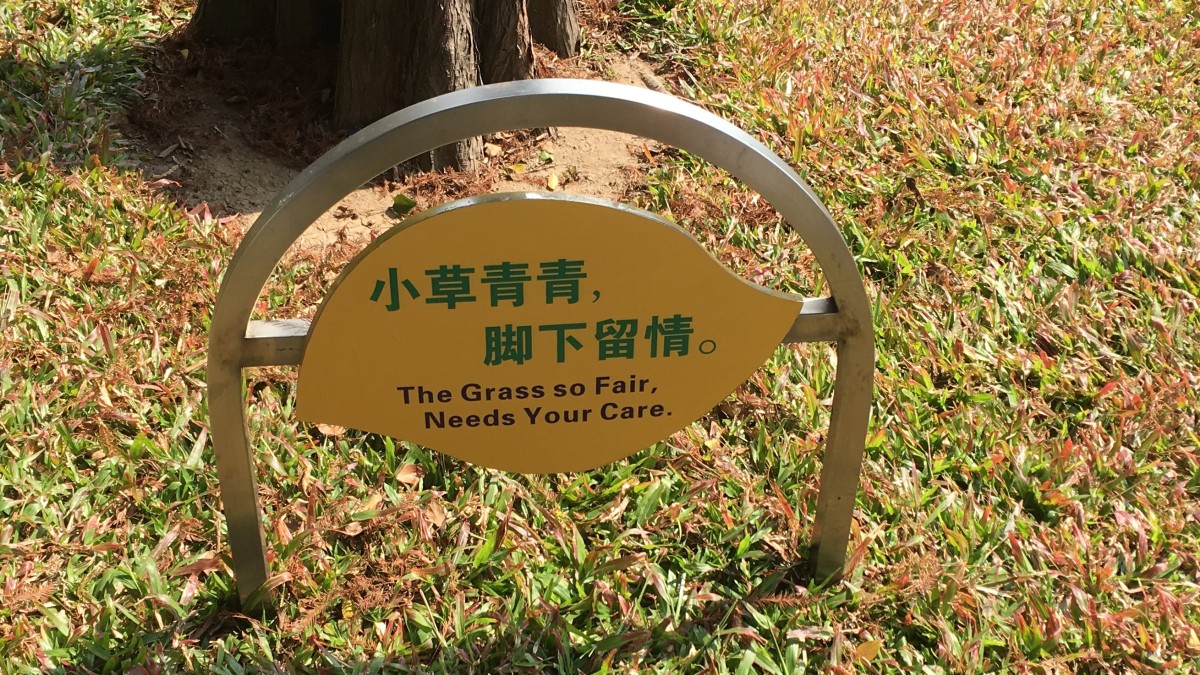I had a great email exchange last December. It gets at what is really required, in a couple key areas, to produce high quality surfaces. And that might be less than you think. It involves hollow core aerification and fertilizer.
Ken Siems replied to me last December after I’d sent an ATC update newsletter. By the way, you can sign up here to get these updates yourself—someone wrote this week letting me know that these are “the most stimulating of all the things I see on social media.”
Fertilizer
We discussed nutrients. Ken wrote:
“Our fertility program here is by foliar application only to all greens, tees and fairways. Even rough is fed through the sprayer. We apply less and only when I see the plant needs it. Again, no set fertiliser program. No fancy turf label products. Just basic Amm Sulphate, Urea, Ferrous sulphate, Magnesium sulphate, Manganese sulphate, Pot N [potassium nitrate] and potasium sulphate (As a granular for Roughs).
Very simple and idiot proof and inexpensive.”
My reply:
“The way you are fertilizing is almost exactly how I would do it if I were managing turf … I leave it to turf managers to use the products they are most comfortable with and what is easiest for them given the application machinery and staff and resources they have available. My personal preference, however, is to apply exactly what is required, as best I can estimate that, applied at the exact rate I choose, from the fundamental ingredients.”
Organic matter and coring
I’d written about coring (or not) in the newsletter.
Ken replied with a success story. Any bold text is mine, highlighting key points in his detailed response.
From Ken:
“I thought I would share with you our experience here at Pestovo Golf Club in Moscow, Russia.
The golf course is now 14 years old with creeping bentgrass greens, tees and fairways…I arrived at Pestovo late September 2012. Initial organic matter levels were high especially on fairways at 12% in top 25 mm [1 inch]. Greens at 4.5% in top 25 mm …
As of start season 2014 through to 2019, greens, tees and fairways have not been hollow cored. Organic matter is controlled through solid tining and topdressing only. In general, the greens will receive 4 x 6mm solid tining per season with 2-3 Planet Air hits as when we feel its needed … Our most recent test result report shows OM level in top 25 mm on greens is at 2.75%. Not bad after 5 season of NO hollow coring.
The grass species on the greens is the old SR 1020 bent. The most incredible observation that I see is the the greens continue to improve in playability each year and the grass is getting finer and tighter. It almost looks like a new generation bent. This I believe is due to fact the we do not hollow core so the plant does not need to stretch itself (funny description) to fill in the empty space created by the hollow core removal process.
Fairways and tees treated with same principles.
So far all is good and course playing characteristics improving each season as is member satisfaction. They always play the course with smooth greens with minimal disturbance to surface. The other key observation is that Poa invasion does not seem to be a problem. Greens, tees and fairways still 99% clean.”
I wrote back:
“Thanks for reading and thanks for that story. I love that the conditions are better, less disruptive work is done, the grass gets finer, and the Poa stays out. Well done!
I’ve noticed similar things over the past 8 years or so. I used to recommend a lot of coring and topdressing, basically following USGA Green Section recommendations from 2001/2002 and later, thinking that standard recommendation was a good starting point. But what I kept noticing was that a lot of turf managers were not doing as much coring and topdressing as I was recommending. I kept thinking at some point their turf would suffer. But it didn’t. Finally it hit me that I was recommending more than was required, at least for certain sites.
What I recommend now is careful observation of turf conditions, annual measurement of total OM at the surface (I prefer the method described at https://www.asianturfgrass.com/2019-06-25-one-simple-trick-better-greens/), and adjustment of topdressing amounts based on turf conditions and OM change over time, compared to the amount of work (topdressing and OM management) that has been done.”
